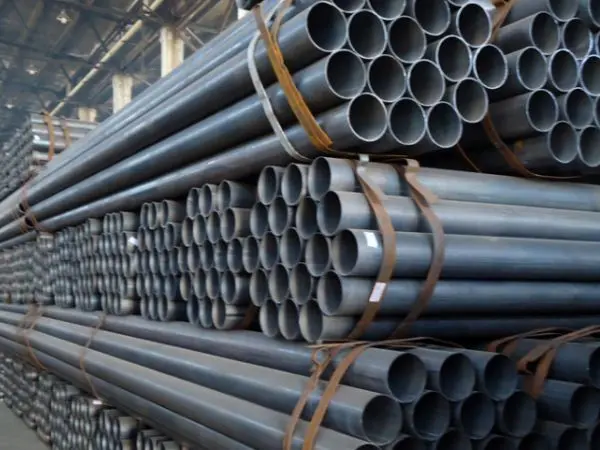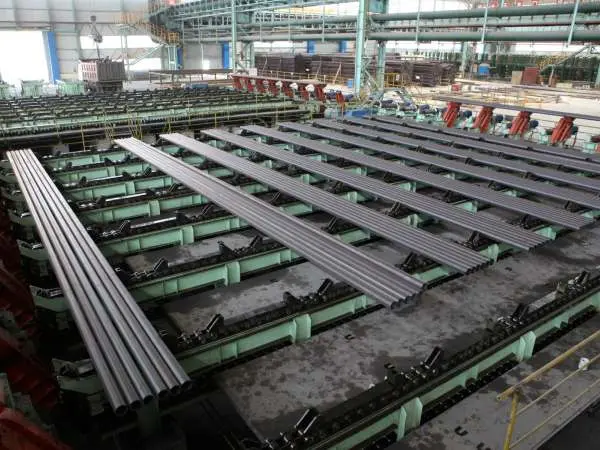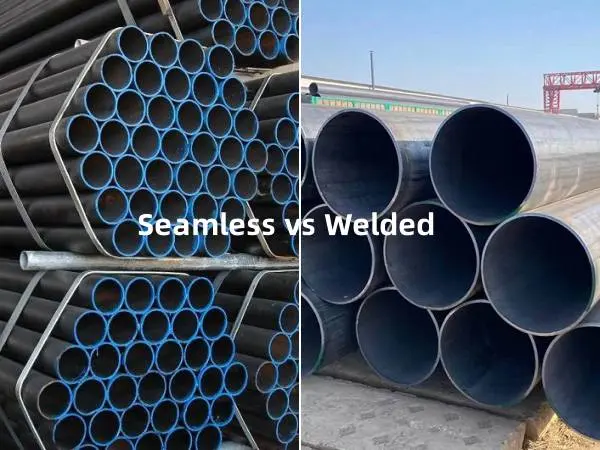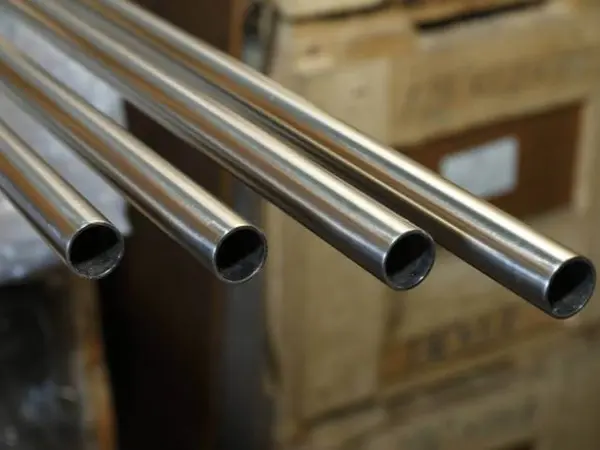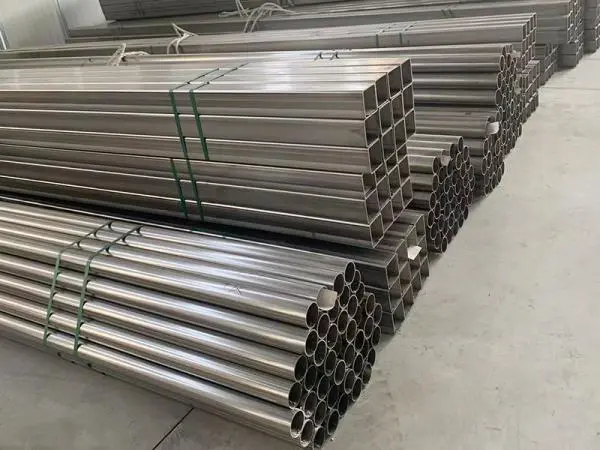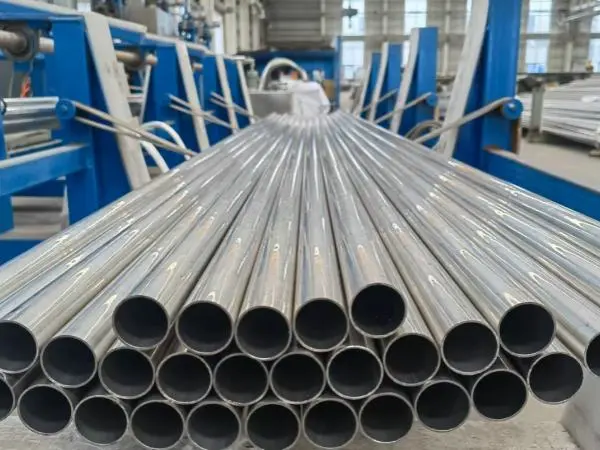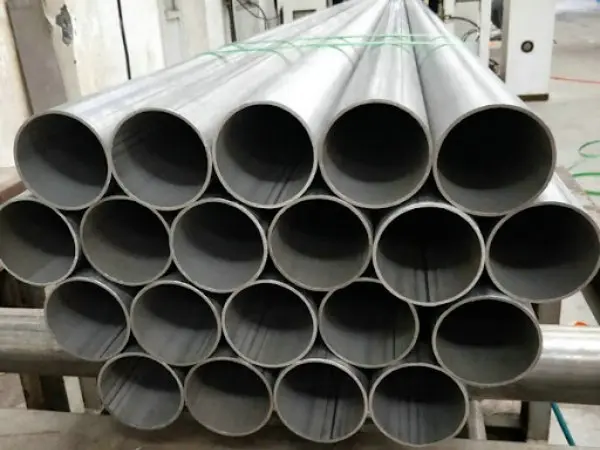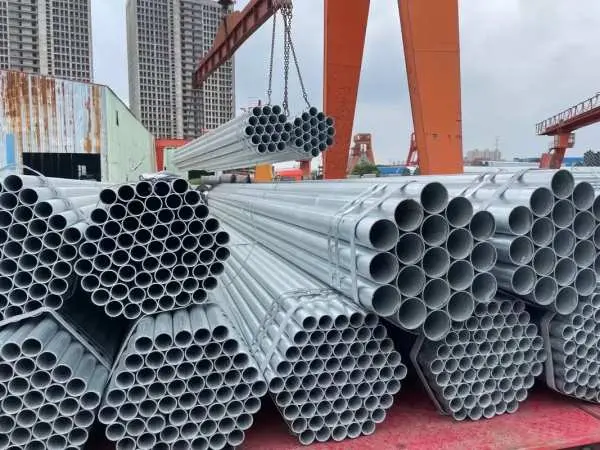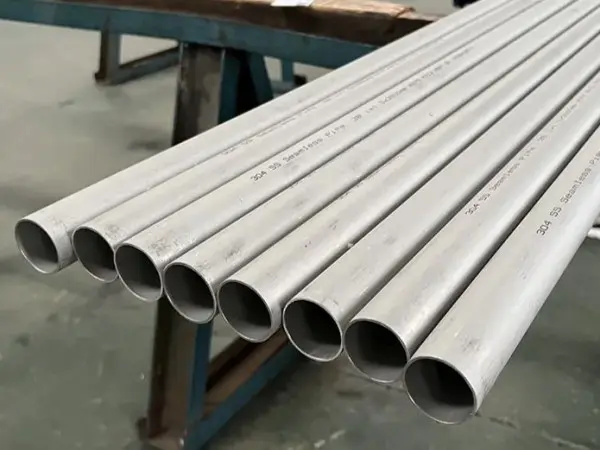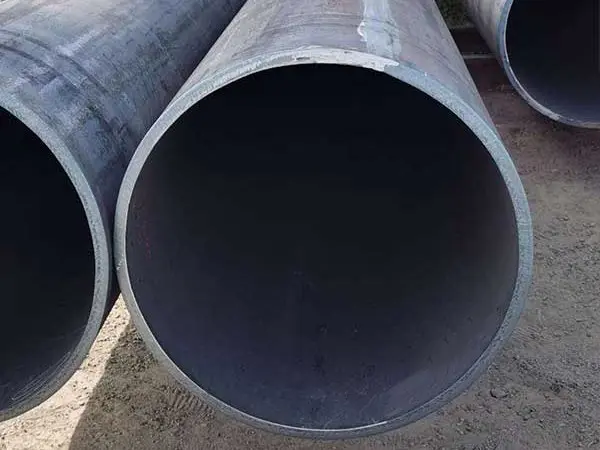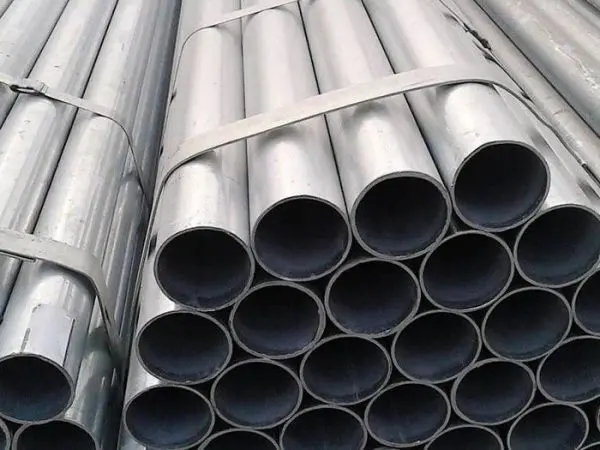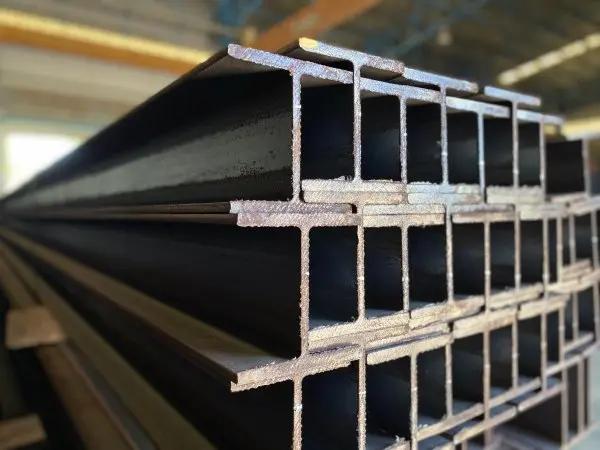-
2025-01-13Product News
Quality inspection standards for precision mechanical tubes
Precision mechanical tubes must meet rigorous quality inspection standards to ensure their reliability and performance. The primary aspects of quality evaluation are as follows.
-
2025-01-10Product News
Maintenance methods for precision mechanical pipes
The maintenance cycle and methods for precision mechanical tubes and pipes depend on factors such as the operating environment and specific application requirements. The following general guidelines should be adapted to meet the actual conditions.
-
2025-01-10Product News
Performance differences between seamless carbon steel pipe and welded steel pipe
Steel pipes are essential components in various industries, including industrial production, construction, and energy transportation. Among the many types of steel pipes, seamless carbon steel pipes represent a significant category. In addition to seamless pipes, welded steel pipes are also widely used. These two types of pipes have distinct characteristics and performance properties, which makes it crucial to understand their differences when selecting materials for specific applications. Below, we’ll explore the key performance differences between seamless carbon steel pipes and welded steel pipes.
-
2025-01-09Product News
Purposes of 316L stainless steel pipes leveling process
The leveling process is an essential step in the manufacturing of 316L stainless steel pipes, designed to enhance the mechanical properties, shape, and surface quality of the material. This process addresses various challenges that arise during production and ensures the pipes meet the requirements for diverse applications. Below are the main purposes of the leveling process of 316L stainless steel pipes.
-
2025-01-09Product News
How to remove weld spots from 304 stainless steel pipes?
Welded pipes, particularly those made from 304 stainless steel, often exhibit orange, blue, or black weld spots after welding. These spots are challenging to remove and can negatively impact the pipe’s appearance, accelerate atmospheric corrosion, and reduce corrosion resistance, ultimately affecting its performance. Here are four effective methods to remove weld spots and improve the quality of 304 stainless steel pipes.
-
2025-01-08Product News
Solution treatment of stainless steel seamless pipes
Stainless steel seamless pipes are crucial materials in modern industries, including petroleum, chemicals, food, and medicine. However, the production process of stainless steel seamless pipes, which involves rolling, drawing, and welding, can alter the material's structure and mechanical properties. This often affects the pipe's overall quality. To address these issues, solution treatment has become an essential process in enhancing the performance of stainless steel seamless pipes.
-
2025-01-08Product News
Market competition for stainless steel seamless pipes
Stainless steel seamless pipes are a key material in various industries due to their durability and high performance. Manufactured through a seamless process, these pipes are free of welds, offering superior strength and reliability. As an essential material across sectors like petroleum, chemicals, and natural gas, the stainless steel seamless pipe market faces increasing competition. Let’s explore the current competitive landscape and future trends shaping the market.
-
2025-01-07Product News
Will 304 stainless steel pipes rust in the soil?
304 stainless steel pipes are widely used across various industries due to their excellent corrosion resistance, high temperature tolerance, and strong mechanical properties. Their ability to withstand the effects of most chemical media, including acids, alkalis, and salt solutions, makes them highly suitable for applications in construction, chemical industries, oil and gas, food processing, and more.
-
2025-01-07Product News
The implementation standard of 304 stainless steel seamless pipes
304 stainless steel seamless pipes are a key material in many industries, including chemical, pharmaceutical, food, and shipbuilding, due to their excellent corrosion resistance and mechanical properties. To maintain the stable quality of these pipes and meet the diverse needs of different industries, China has established a series of implementation standards that regulate their production, quality control, and usage processes.
-
2025-01-06Product News
How to choose a suitable storage warehouse for large-diameter steel pipes?
When storing large-diameter steel pipes, it is essential to select an appropriate warehouse that provides adequate protection and maintains the integrity of the materials. Proper storage conditions ensure that the steel pipes remain in optimal condition, preventing corrosion, contamination, and physical damage. Below are key considerations for choosing the right storage warehouse for large-diameter steel pipes.
-
2025-01-06Product News
Industrial DN150 galvanized steel pipe details
The DN150 galvanized steel pipe, with a diameter of 150 mm, is known for its excellent corrosion resistance and robust strength. It is widely used in construction, engineering, petrochemical industries, and other fields where reliable and durable piping systems are essential. Galvanized steel pipes are produced by applying a layer of zinc to the surface of ordinary steel pipes, enhancing their ability to resist corrosion and extend their service life.
-
2025-01-03Product News
What is h beam?
An H-beam is a structural steel beam commonly used in construction and civil engineering projects. Its name comes from its “H”-shaped cross-section, which provides excellent strength and stability. It is also known as a wide flange beam due to the width of its flanges, which distinguish it from other beam types, such as I-beams.
